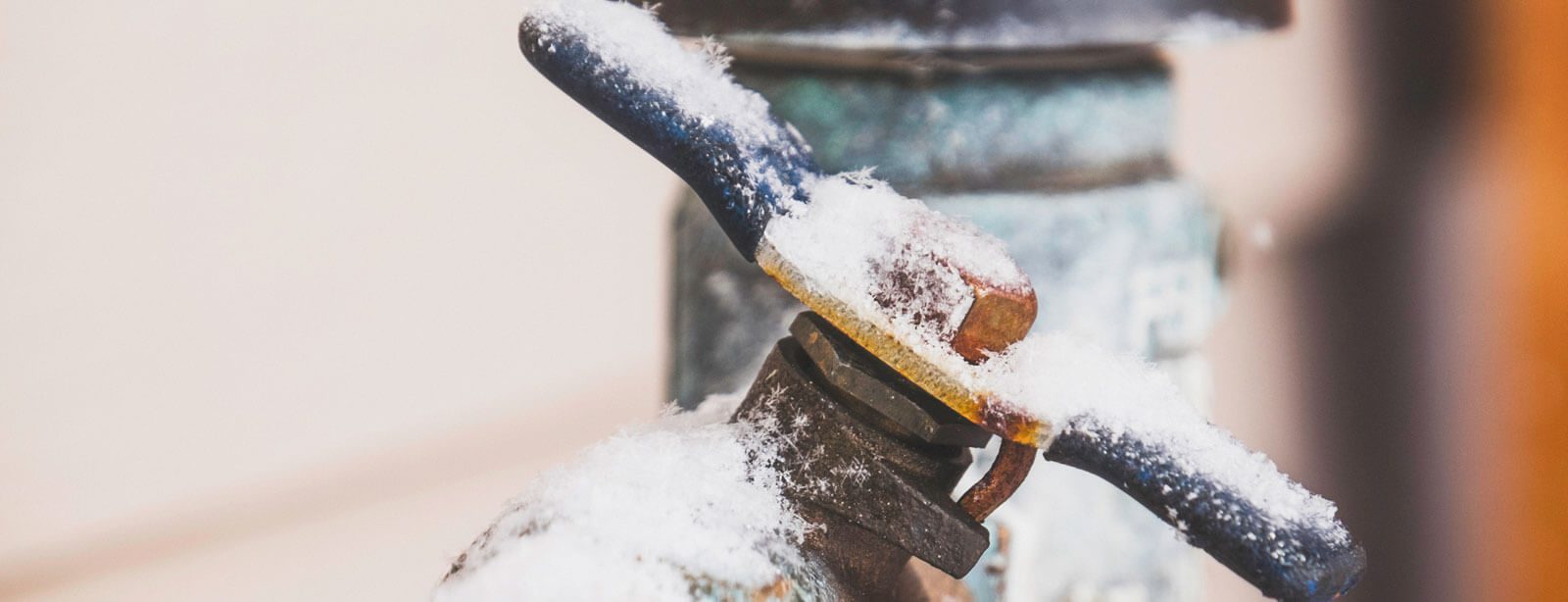Preventing Frozen Pipes in Winter: Critical Tips
Preventing Frozen Pipes in Winter: Critical Tips
Blog Article
Everyone has got their own unique opinion involving 6 Ways to Prevent Frozen Pipes.

Winter can wreak havoc on your pipes, specifically by freezing pipes. Right here's just how to avoid it from happening and what to do if it does.
Intro
As temperatures decrease, the risk of icy pipes increases, possibly bring about expensive repair services and water damages. Comprehending how to stop icy pipes is crucial for property owners in chilly environments.
Understanding Frozen Pipes
What creates pipes to freeze?
Pipelines freeze when exposed to temperature levels listed below 32 ° F (0 ° C) for expanded periods. As water inside the pipelines ices up, it expands, taxing the pipe walls and possibly causing them to rupture.
Dangers and damages
Icy pipes can lead to water disturbances, property damage, and costly repair services. Ruptured pipelines can flooding homes and trigger substantial architectural damage.
Indications of Frozen Pipeline
Identifying icy pipelines early can avoid them from rupturing.
Exactly how to determine frozen pipes
Look for decreased water flow from taps, uncommon odors or noises from pipes, and visible frost on subjected pipelines.
Prevention Tips
Shielding vulnerable pipes
Wrap pipes in insulation sleeves or utilize heat tape to safeguard them from freezing temperature levels. Concentrate on pipelines in unheated or external areas of the home.
Home heating strategies
Keep interior spaces effectively heated up, specifically areas with pipes. Open closet doors to enable cozy air to distribute around pipes under sinks.
Shielding Exterior Pipes
Garden hoses and outdoor taps
Detach and drain pipes garden pipes prior to winter months. Mount frost-proof spigots or cover outdoor faucets with insulated caps.
What to Do If Your Pipes Freeze
Immediate actions to take
If you suspect frozen pipelines, maintain taps available to eliminate pressure as the ice melts. Use a hairdryer or towels soaked in hot water to thaw pipelines gradually.
Long-Term Solutions
Architectural modifications
Consider rerouting pipelines far from outside walls or unheated locations. Add additional insulation to attic rooms, cellars, and crawl spaces.
Updating insulation
Buy premium insulation for pipelines, attic rooms, and wall surfaces. Proper insulation helps maintain consistent temperatures and minimizes the threat of icy pipelines.
Conclusion
Avoiding frozen pipelines needs aggressive measures and quick responses. By understanding the reasons, indications, and preventive measures, homeowners can safeguard their pipes during winter.
6 Proven Ways to Prevent Frozen Pipes and Protect Your Home
Disconnect and Drain Garden Hoses
Before winter arrives, start by disconnecting your garden hoses and draining any remaining water. Close the shut-off valves that supply outdoor hose bibs and leave the outdoor faucet open to allow any residual water to drain. For extra protection, consider using faucet covers throughout the colder months. It’s also important to drain water from any sprinkler supply lines following the manufacturer’s directions.
Insulate Exposed Pipes
Insulating your pipes is an effective way to prevent freezing. Pipe insulation is readily available at home improvement stores and is relatively inexpensive. Pay close attention to pipes in unheated areas such as the attic, basement, crawl spaces, or garage. Apply foam insulation generously to create a buffer against the cold. You can also wrap your pipes in heat tape or thermostat-controlled heat cables for added warmth.
Seal Air Leaks
Inspect your home for any cracks or openings that could let in cold air. Seal any holes around the piping in interior or exterior walls, as well as the sill plates where your home rests on its foundation. Additionally, make sure to keep your garage door closed unless you’re entering or exiting. Leaving it open creates a significant air leak that can lead to frozen pipes.
Allow Warm Air Circulation
During cold snaps, it’s essential to allow warm air to circulate evenly throughout your home. Leave interior doors ajar to promote better airflow. Open kitchen and bathroom cabinets to help distribute heat consistently around the rooms. If you have small children or pets, be sure to remove any household chemicals or potentially harmful cleaners from open cabinets for safety.
Let Faucets Drip
A small trickle of water can make a big difference in preventing ice formation inside your pipes. When temperatures drop significantly, start a drip of water from all faucets served by exposed pipes. This continuous flow helps prevent the water from freezing. Additionally, running a few faucets slightly can relieve pressure inside the pipes, reducing the chances of a rupture if the water inside does freeze.
https://choateshvac.com/6-proven-ways-to-prevent-frozen-pipes-and-protect-your-home/

We had been made aware of that editorial on How to prepare your home plumbing for winter weather through an associate on another web property. You should set aside a second to distribute this article if you liked it. Many thanks for going through it.
Click Here Report this page